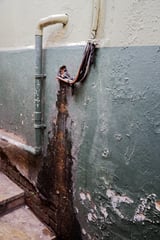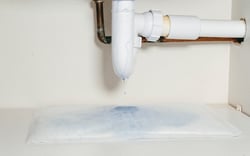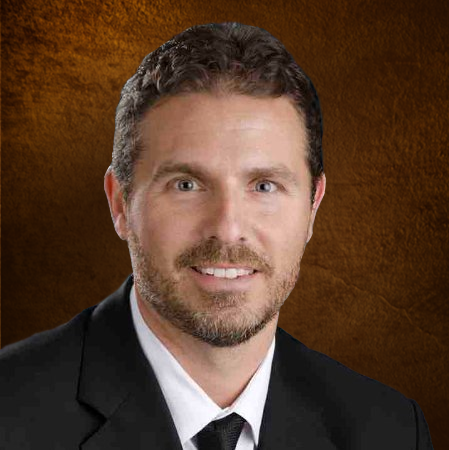 Mold is a common problem where water is present. As a result, it is important to catch water leaks, condensation, drips, or spills and clean them up as quickly as possible. Any location can be in danger of mold growth, so long as there is sufficient moisture to sustain the mold. While molds do serve a purpose in the world, they are quick to grow and spread and can cause a variety of health issues. Thus, it is important to limit the opportunities for mold growth in our public spaces and to work to eradicate it quickly if discovered.
Mold is a common problem where water is present. As a result, it is important to catch water leaks, condensation, drips, or spills and clean them up as quickly as possible. Any location can be in danger of mold growth, so long as there is sufficient moisture to sustain the mold. While molds do serve a purpose in the world, they are quick to grow and spread and can cause a variety of health issues. Thus, it is important to limit the opportunities for mold growth in our public spaces and to work to eradicate it quickly if discovered.
How do you catch, clean, and prevent mold in public buildings?
Be Proactive
Keeping a sharp eye out is the first step in preventing mold growth. If maintenance staff can spot wet areas on floors, ceilings, or walls, they will be able to repair the leak and clean up any damage before something unpleasant begins to grow. If they can soak up the water with an absorbent, they can avoid the trouble that comes with catching drips with buckets or other containers. The signs for potential mold all have to do with moisture, be it in the air or on surfaces.
Maintaining good air quality is just as important as keeping an eye out for water drips or spills. High humidity levels increase the chances of mold growth. Mold can travel with the water in the air and settle on surfaces without any spills or leaks needed. If left to soak into those surfaces, mold growth is likely to occur. Airflow is incredibly important in any building, as maintaining a regulated temperature in large spaces can be difficult. Stagnant air can build humidity levels, which can deposit the moisture on any surface and allow for mold growth. To avoid this, increase ventilation and airflow. Open windows and doors or using air-conditioning systems to keep the air moving, therefore not allowing it the time to settle and deposit its soggy payload.
Pay Attention
Humidity and condensation are two sources of moisture that are difficult to combat in large buildings like schools, warehouses, or offices. Installing and maintaining air-conditioning systems and keeping a regular temperature will help prevent humidity and condensation from bringing moisture into these buildings.
 The key to avoiding mold is to act fast to deal with wet areas before they grow themselves a problem. Catch drips that fall from pipes, maintain the air quality with good air conditioning, and be sure to avoid letting water condense enough to make small puddles anywhere. If, for some unfortunate reason, mold has taken root in a facility, eradication is critical. The best thing to do is to remove the affected area and make sure that the mold spores have not spread to unseen parts.
The key to avoiding mold is to act fast to deal with wet areas before they grow themselves a problem. Catch drips that fall from pipes, maintain the air quality with good air conditioning, and be sure to avoid letting water condense enough to make small puddles anywhere. If, for some unfortunate reason, mold has taken root in a facility, eradication is critical. The best thing to do is to remove the affected area and make sure that the mold spores have not spread to unseen parts.
Take Action
The most important thing about preventing mold growth in any location is to work as hard as possible to stop its spread before it can even arrive. That is why it is so important to make sure you have whatever equipment is necessary to keep water from spreading away from leaks, drips, spills, and soaking into the surrounding area. If a facility has the practices in place that catch problems before they grow, mold can be a relatively small problem to worry about. The key, of course, is to keep an eye open and to act immediately when water leaks or spills are detected.
Public areas have a constant flow of people and there is always the potential for mold to form. To combat the threat of mold, the key is to catch leaks and drips in their early stages, before they spread. Be proactive when it comes to keeping water from settling in buildings and public spaces. Pay attention to the signs that mold might be starting to grow, and take action as soon as you see any potential signs of mold growth.
MBT provides a number of products that can help stop the flow of water and catch drips as they happen. Be sure to take a look at our new flood control brochure:
If you would like to reach out to Meltblown Technologies directly, we are always available to help with your sorbent questions at 770-754-0600.


